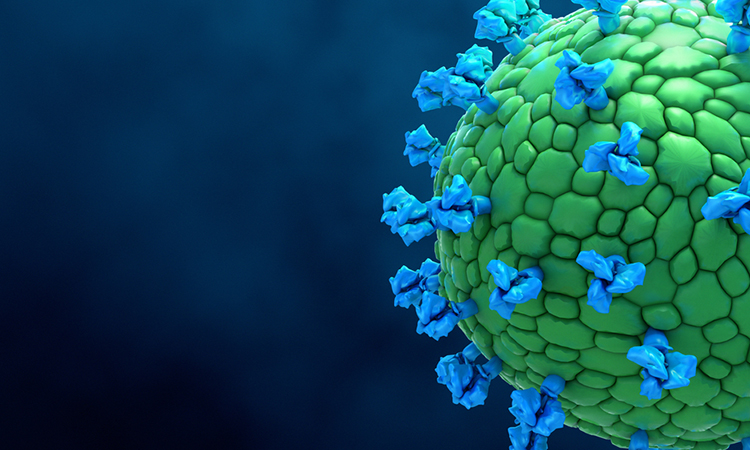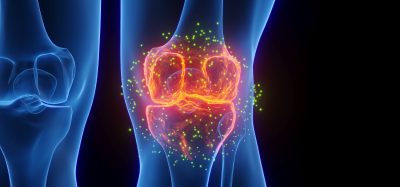Novel DNA-free virus-like particles deliver gene-editing proteins to animal models
Posted: 24 January 2022 | Victoria Rees (Drug Target Review) | No comments yet
Researchers have developed a new drug delivery system using virus-like particles to successfully transport gene-editing proteins in pre-clinical studies.


A team of researchers led by Harvard University and Broad Institute scientists, US, has developed a new drug delivery system using engineered DNA-free virus-like particles (eVLPs) to package and deliver therapeutic levels of gene-editing proteins to animal models of disease. The team utilised the eVLPs to edit a gene in mice that is associated with high cholesterol levels and to partially restore vision in mice with a point mutation that causes genetic blindness.
As eVLPs enable safer in vivo delivery of gene-editing agents than some other methods used in the clinic, with comparable or higher efficiencies, the researchers say this new platform is a promising technology for the delivery of therapeutic macromolecules with minimised risk of off-target editing or DNA integration.
In the paper, published in Cell, the researchers detail how they developed VLPs to deliver base editors and CRISPR-Cas9 nuclease. The authors identified factors that influence VLP delivery efficiency and demonstrated that engineering VLPs can overcome multiple structural limits to their potency.
“The delivery of therapeutic macromolecules into mammalian cells in animals and eventually in patients is one of the most important challenges in life sciences,” said Professor David Liu, the paper’s senior author, of the Broad Institute. “There is often a very steep drop-off between in vitro and in vivo delivery, so we made the decision early on that our new delivery technology would need to show good efficacy in animal models.”
To successfully deploy VLPs, the team identified delivery limitations and systematically engineered the components of VLPs to overcome cargo packaging, release and localisation bottlenecks. In doing so, they developed fourth-generation eVLPs that packaged 16 times more cargo proteins than previous designs and enabled an eight- to 26-fold increase in editing efficiency in cells and animals.
The team tested their optimised eVLP system to deliver base editors to the liver in mice, where they efficiently edited a gene that can lower “bad” cholesterol levels. A single injection of eVLPs resulted in an average of 63 percent editing of the target gene and a 78 percent drop in its protein levels, which substantially reduce the risk of coronary heart disease.
“The cholesterol target is particularly interesting because it is not only relevant to patients with a rare genetic disease,” said Aditya Raguram, one of the lead researchers from the Broad Institute. “We are hopeful this is one example of genome editing being able to benefit a large population because cholesterol levels impact the health of billions of people.”
The researchers also used a single eVLP injection to correct disease-causing point mutation in mice with a genetic retinal disorder. They corrected the point mutation efficiently with less-off target editing than other base editing delivery techniques, resulting in the partial restoration of vision.
The team also injected eVLPs directly into the brain in mice and observed around 50 percent editing efficiency in cells exposed to the eVLPs.
Going forward, the researchers are optimistic that eVLPs will be utilised by scientists quite easily because of the system’s relative simplicity and its versatility.
“Because our system is relatively simple and easily engineered, it allows other scientists to adopt and build upon this technology quickly,” said Samagya Banskota, another of the lead researchers from the Broad Institute. “Beyond carrying gene-editors, eVLPs have the ability to transport other macromolecules with lots of therapeutic potential.”
Related topics
CRISPR, Drug Delivery, Genome Editing, Genomics, Protein
Related conditions
blindness, Coronary heart disease
Related organisations
Broad Institute, Harvard University
Related people
Aditya Raguram, Professor David Liu, Samagya Banskota








